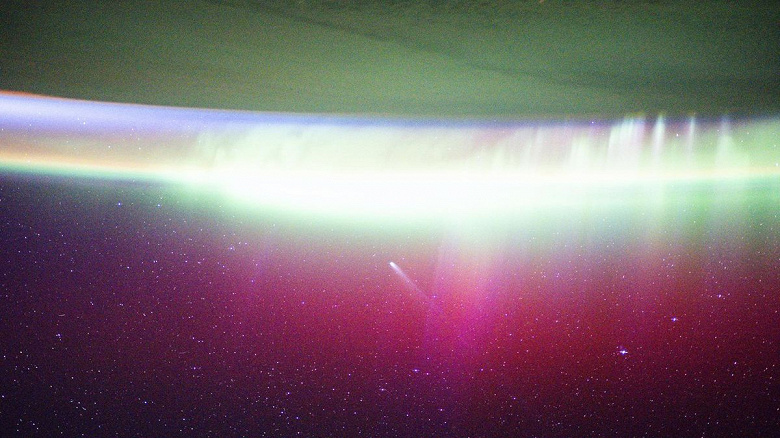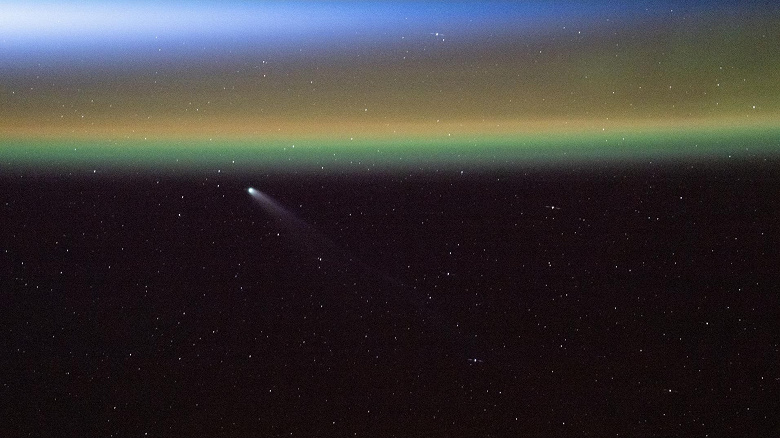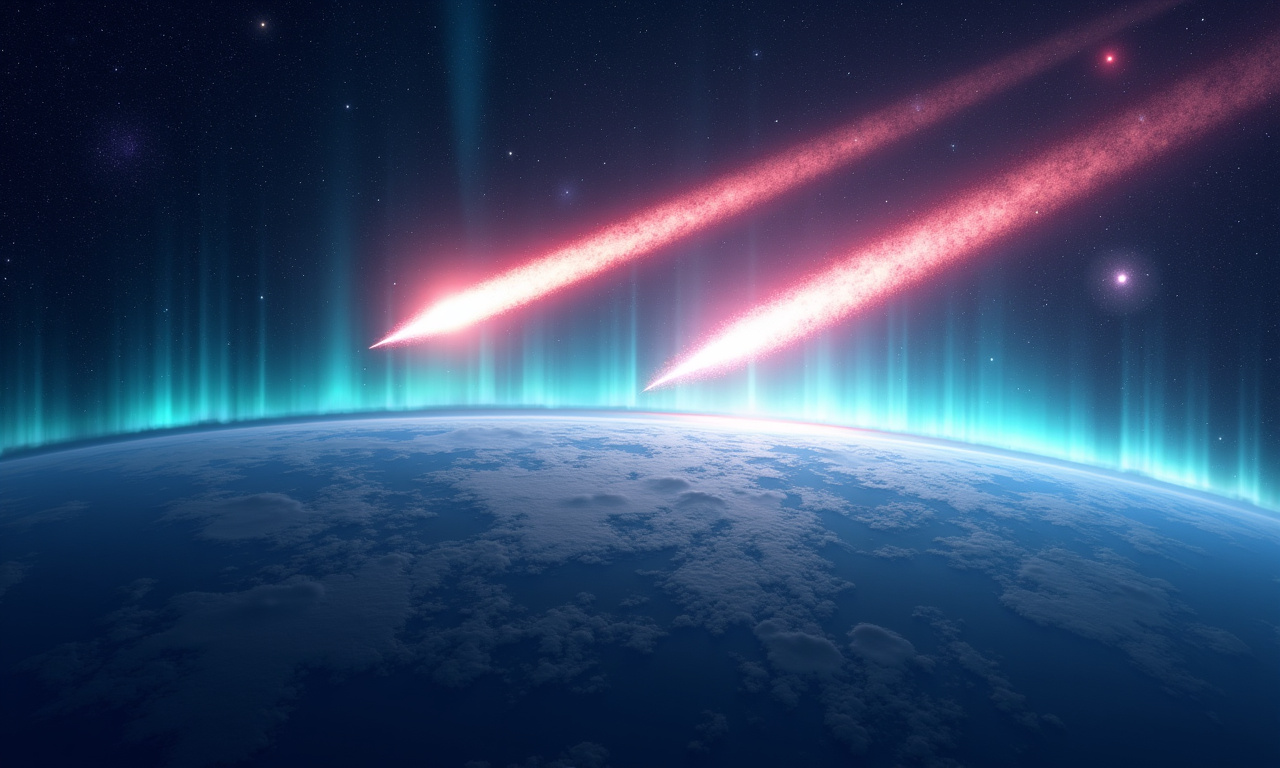At the end of October, the crew of the 73rd expedition to the ISS captured a series of photographs of comets Lemmon (C/2025 A6) and SWAN (C/2025 R2). These images were released by NASA following the conclusion of the U.S. federal government’s shutdown. Both comets are pictured against the backdrop of auroras and glowing upper layers of Earth’s atmosphere. During the government shutdown, Japanese JAXA astronaut Kimiya Yui continued sharing images on the X social network.

On October 20 and 22, Yui published photos of Lemmon, noting that the comet distinctly displayed two tails-a plasma and a dust tail. On October 24, the comet was observed from the ISS over North Dakota, approximately 57 million miles from Earth, set against vibrant auroras. On the same day, the astronaut photographed comet SWAN, which was about 27.2 million miles from Earth. As it approaches the Sun, the window for observing it from orbit rapidly diminishes.

The comets reached peak brightness nearly simultaneously-on October 20-21-a rare coincidence. Lemmon was discovered in January as part of the Mount Lemmon Survey, while SWAN was found in September using data from the SWAN instrument aboard the SOHO space observatory.
Furthermore, astronomers speculate that the passage of these comets could provide valuable insights into the composition and dynamics of cometary bodies. Currently, missions such as the European Space Agency’s ‘Comet Interceptor,’ set for launch in the late 2020s, aim to study new or dynamically young comets, similar to Lemmon and SWAN, in detail when they are far from the Sun. This could mark a new era in understanding these ancient icy visitors, enriching our comprehension of the solar system’s history and evolution.









